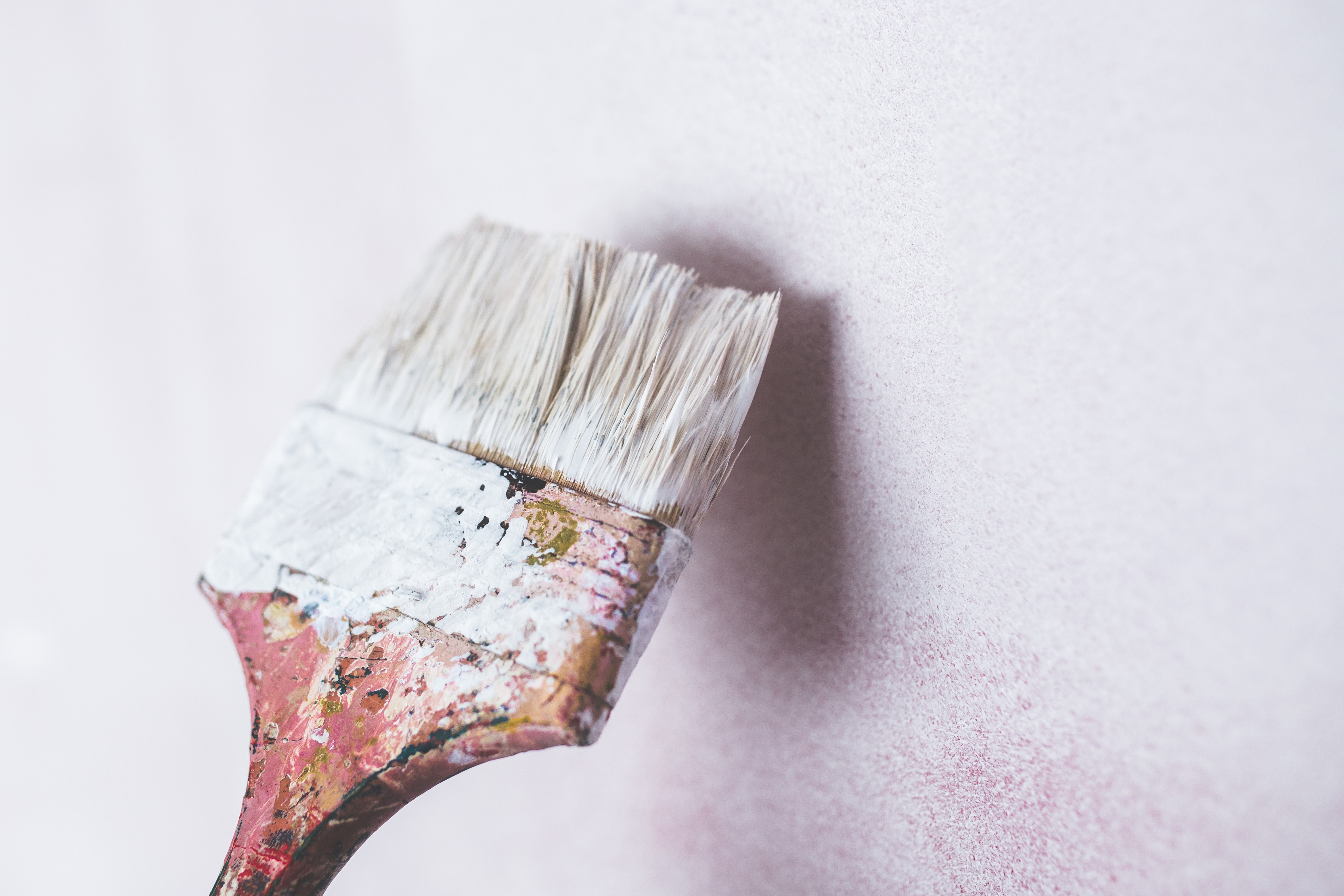How to Select the Right Exterior House Paint for Homes in Colder Climates
When selecting the right exterior house paint for homes in colder climates, there are a few key factors to consider. The first and perhaps most important factor is the type of paint itself. There are two main types of exterior house paint: oil-based and water-based (also known as latex or acrylic).
Oil-based paints are generally more durable and longer lasting than water-based paints, but they also tend to be more toxic and emit more fumes during the drying process. They are also more challenging to clean up, requiring mineral spirits or paint thinner. On the other hand, water-based paints are easier to work with, dry faster, and are more environmentally friendly. However, they are not as durable as oil-based paints and may not last as long in harsh weather conditions.
Using high-quality, 100% acrylic water-based paint in colder climates is generally recommended. These paints are the most resistant to cracking, peeling, and fading in cold weather. They also have the added benefit of being easier to work with and more environmentally friendly.
The finish is another vital factor to consider when selecting exterior house paint for colder climates. There are three main types of finishes: flat, satin, and gloss. Flat paints have a matte finish and are best suited for hiding imperfections on the surface of the house. However, they are less durable than satin or gloss paints and are more prone to fading and chalking in harsh weather conditions.
Satin paints have a slightly shiny finish and are more durable and resistant to fading and chalking than flat paints. They are also easier to clean than flat paints and are a good choice for areas of the house that are prone to dirt and grime, such as the trim and doors.
Gloss paints have a gleaming finish and are the most durable and resistant to fading and chalking of all finishes. They are also the easiest to clean and are a good choice for areas of the house prone to moisture, such as the eaves and windows. However, gloss paints tend to highlight imperfections in the surface of the house and are not as forgiving as flat or satin paints.
When selecting the finish for your exterior house paint, consider the age and condition of your house. If your house is older or has imperfections in the surface, a flat or satin finish may be the better choice. If your house is in good condition and you want a more durable and shiny finish, gloss paint may be the right choice.
In addition to the type of paint and finish, it is also essential to consider the color of the paint. In colder climates, it is generally recommended to use light-colored paints, as they reflect more light and heat and can help to keep your house warmer in the winter. Dark-colored paints absorb more light and heat and can make your house feel colder in the winter.
When selecting the color of your exterior house paint, consider the style and architecture of your house, as well as the colors of your surrounding neighborhood. It is generally best to use colors that complement the style and architecture of your house, and that blend in with the surrounding neighborhood.
Finally, consider the quality of the paint itself. In colder climates, it is essential to use high-quality paint specifically designed for exterior use. Cheap or low-quality paint is more prone to cracking, peeling, and fading in cold weather and will not last as long as high-quality paint.
In conclusion, when selecting the right exterior house paint for homes in colder climates, it is crucial to consider the type of paint (oil-based or water-based), the finish (flat, satin, or gloss), the color, and the paint quality. Considering these factors, you can choose a paint that will not only look good on your house but will also withstand the harsh weather conditions of colder climates and last for many years.
Looking for help? Check out Castle Rock Painters. Based in Castle Rock, we serve the entire front range!

